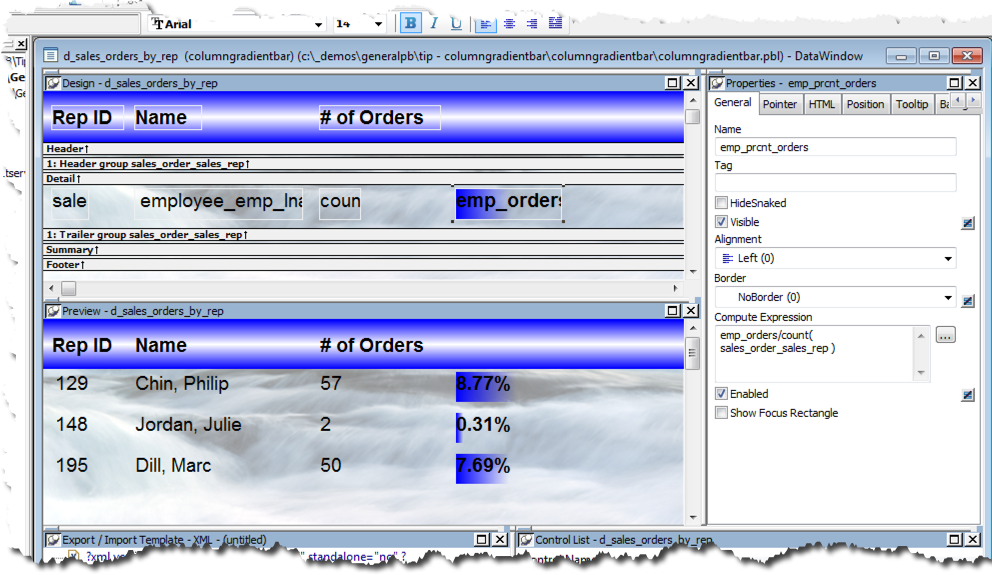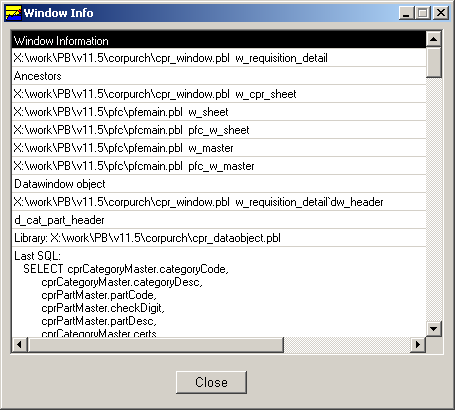The ClassDefinition object was introduced in PowerBuilder 6.0 a long time ago. It allows you to retrieve information for an object at runtime. Most of us didn't pay too much attention to this object and it only attracts our attention when we see it in the debugger.
In this article I provide an overview of the ClassDefinition object and related objects and explain the most important properties of these objects. I also include a step-by-step guide on how to build a simple object browser. This browser has a limited functionality like the browser included in the PowerBuilder runtime environment and can't replace products like PBLPeeper by Terry Voth or PBBrowser by OOWidgets.
The ClassDefinition Object Hierarchy
The classdefinitionobject is a descendant of the pbtocppobject. It's the ancestor of all the other objects used to describe the PowerBuilder objects. Each object in PowerBuilder has one property named ClassDefinition that references the ClassDefinition of this object.




